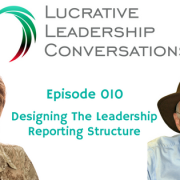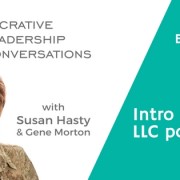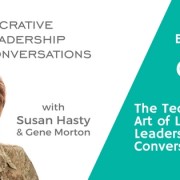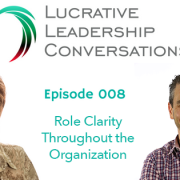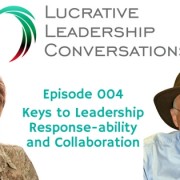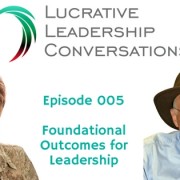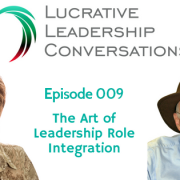007 | How to Achieve Leadership Alignment Within Your Organization
In business today, siloed decisions can create a major gap between strategy and execution. This gap causes a lack of clarity and focus across the organization, and can greatly affect the bottom line and sustainability. Success depends on the entire senior leadership team to address both their individual or divisional responsibilities and their collective responsibility for the company as a whole. In short, gaining organizational alignment is critical in today’s complex business landscape.
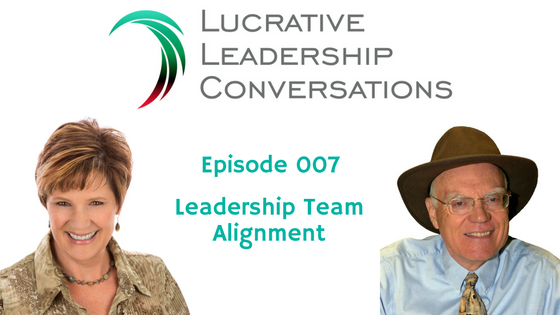
Effectively designing a sustainable organization depends on the senior manager’s ability to identify and act on the points of maximum leverage by recognizing emerging patterns and making connections that link process improvements to strategy.
Organizational alignment is very different from the old regime of divisional optimization which pits department heads against each other in a war for resources and recognition. Conflicts of interest lead to decisions that hinder process improvement and often derail real progress. Greater alignment leads to greater collaboration.
In An article in Harvard Business Review “Getting It Done: New Roles for Senior Executives”Thomas Hout and John C. Carter explain why integrating leadership roles dramatically changes behavior at the top by allowing for a constructive balance for trade-offs that make tough choices about competing imperatives easier to identify and execute on.
Role Confusion vs. Organizational Alignment
At the opposite end of organizational alignment is role confusion. Role confusion causes leaders to hold back and to not take initiative. It can cause conflict when one team member believes someone else is taking their job. This can lead to a volatile working environment.
Gaps occur when no one has the accountability for an outcome, or when two or more think they have the same role in the delivery of the outcome. Confusion can occur when a person thinks they have a role in an outcome but are not sure what it is. When roles are not clear, leaders will tend to hang back when they are needed or jump in where they are not needed.
Unclear roles leads to inaction, lack of initiative, lack of a sense of responsibility, wasted effort, inefficiency, and rework.
One the other hand, organizational alignment reduces cost, reduces errors, and increase the quality and timeliness of outcomes. When the leadership team defines the who, what, when & how, decisions will be made more efficiently and accountability to an outcome becomes clear.
Organizational alignment also makes a company more sustainable by creating focus and clarity regarding the support network.
Types of roles that are needed to achieve alignment:
- Primary role – The point person; the primary accountability for a certain outcome. The primary role needs the power to design the system for execution.
- Approve Role – Must be in the information loop before decisions are made or actions are taken.
- Consult Role – Consulted before the planning and design process.
- Inform role – This role must be informed on the process of the outcome delivery.
- Monitor Role -This is a critical role who gives feedback, tracks, and reports.
The Power of Leadership Collaboration
Role integration ensures everyone has clarity on how they function independently and interdependently. Plus, how they can coordinate their work so they don’t trip over each other and ruin the outcome delivery system. Role integration is a method leaders use to synchronize their networks of for better coordination, collaboration and communication.
Integrating leader’s roles is critically important to the function and success of any leadership team to enable the senior executives to recognize and manage the tension between their individual responsibilities for discrete parts of the business and the collective needs of the business as a whole. They must learn new roles and take on challenging new responsibilities, even for parts of the business that they don’t directly control.
In order for the entire organization to operate optimally, parts must be sub optimized.
When the leadership team acts collaboratively, they hold the power to synchronize the capabilities within the entire organization. They are able to effect needed change and innovate faster than their competitors, gaining a remarkable competitive edge.
Key Takeaways:
- Roles are not clear whenever the delivery of one outcome interferes or reduces the quality of another outcome.
- Increased communication of role integration is a critical component in developing a clarity, focus and accountability throughout networks within the entire company.
- Include the minimum, not maximum amount of people needed to deliver the outcome. This leads to an efficient and sustainable system which can consistently deliver critical outcomes, making meetings more relevant and effective .
RESOURCE LINKS:
About the Hosts:
SUSAN HASTY
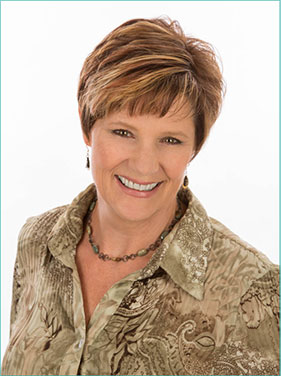
Susan Hasty is the CEO of 360 Profit Masters and the host of the Lucrative Leadership Conversations podcast. Susan considers herself a “maverick leader” on a mission to inspire and equip leaders to ignite their leadership genius. Susan co-founded 7 business ventures over the last 35 years. Her passion is helping business owners and CEOs improve their own clarity, focus and commitment to build more sustainable organizations empowered to make economic liberty a reality. She is certified in Neurolinguistic Programming and is a Strategic HR Business Partner by the Human Capital Institute. She is a member of the Marshall Goldsmith Stakeholder Centered Coaching Network of International Leadership coaches.
Ready to your business more profitable? Schedule a free call with Susan Hasty
GENE MORTON
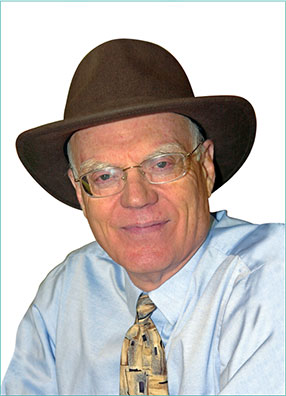 Gene Morton is an organizational psychologist based out of Colorado. He is also an award winning author of the book, Leaders First: Six Bold Steps to Sustain Breakthroughs in Construction. Over the past 40 years, Gene has consulted on more than 100 projects in 85 organizations with leader groups engaged in complex mergers, reorganizations, leadership turnarounds, and system redesigns.
Gene Morton is an organizational psychologist based out of Colorado. He is also an award winning author of the book, Leaders First: Six Bold Steps to Sustain Breakthroughs in Construction. Over the past 40 years, Gene has consulted on more than 100 projects in 85 organizations with leader groups engaged in complex mergers, reorganizations, leadership turnarounds, and system redesigns.
He developed the Leaders First Alignment Process to provide leadership teams the model they need to gain clarity as the organization evolves. His passion is mastering the complexities of organized and collaborative leadership.
Connect With Us
Subscribe to itunes Subscribe to stitcher Subscribe to Google Play
Straight forward leadership advice
Learn a simpler, more practical approach to building your leadership team strength... Delivered straight to your inbox!

